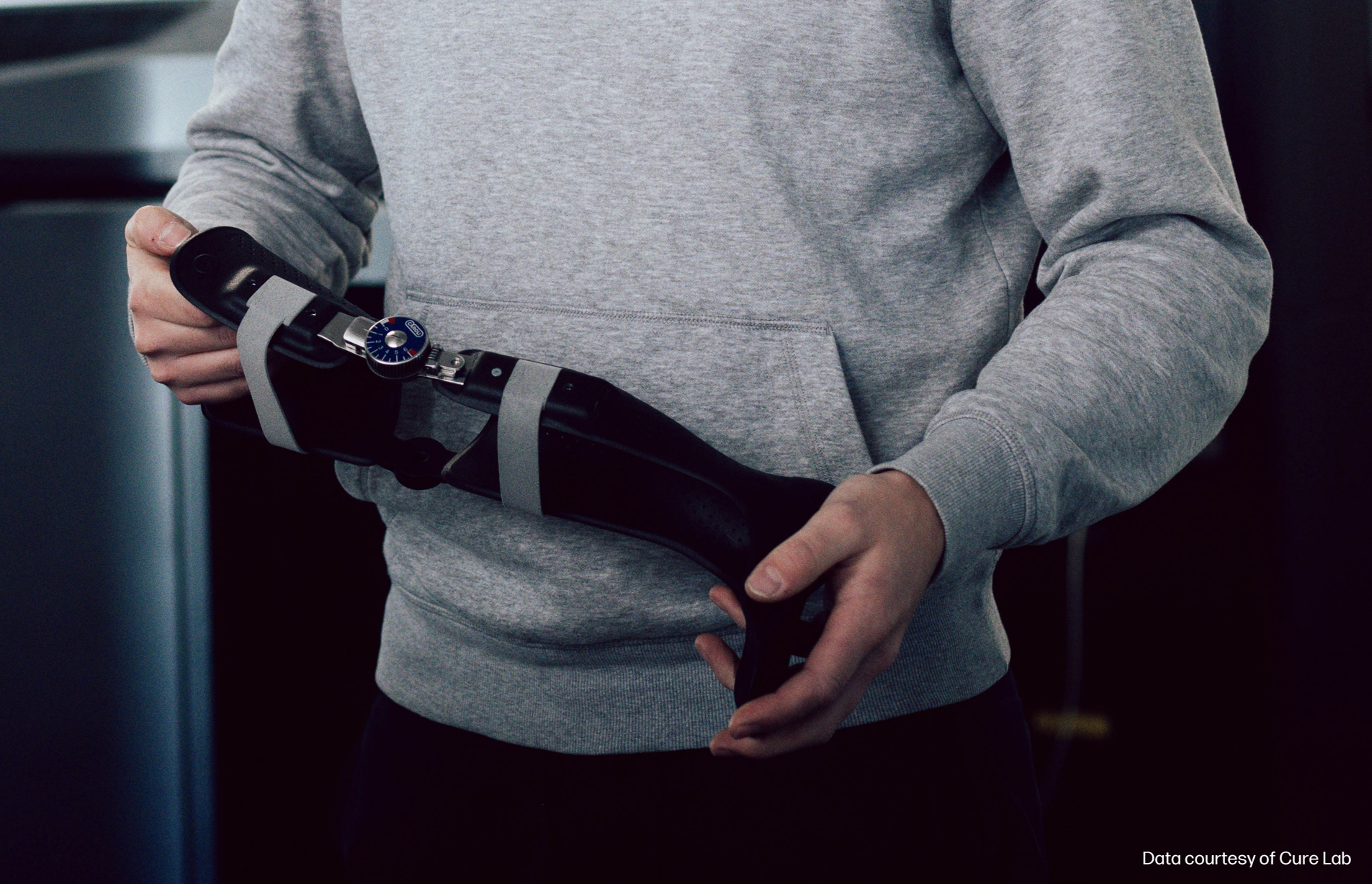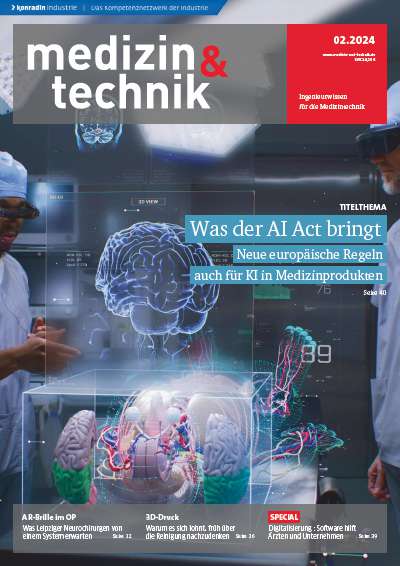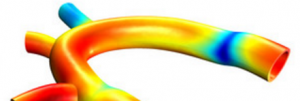Using a virtual model of a human heart, medical experts, device manufacturers, and agency representatives want to develop a better understanding of how they can help patients. To do so, they are using 3D simulation software that has proven itself in other industries.
In the future, personalized, virtual 3D models are expected to accelerate research in medical technology and to help fight cardiovascular diseases. A myriad of partners in the “Living Heart Project” took up this goal in May 2014. They use simulation applications of the 3DExperience platform from software provider Dassault Systèmes to represent complex interrelationships.
Researchers had only limited ability to predict how tissue would behave in contact with medical instruments and devices as realistic 3D models for human organs were not available until now. It may be possible to avoid the uncertainties facing patients as well as medical professionals, however, with the use a virtual model—if we were able to simulate “how a patient’s heart may respond to a wide range of interventions,” says Dr. James C. Perry. Perry is Professor of Paediatrics at UC San Diego and heads electrophysiology and the department of heart diseases at Rady Children’s Hospital in San Diego, USA. Simulation could be useful for patients with congenital heart defects who often have to undergo many interventions as well as for the larger number of patients who suffer from heart failure, arrhythmias, and other structural abnormalities.
Given this situation, cardiologists, manufacturers of medical devices, and agency representatives started their collaboration based on the realistic 3D simulation model of a whole heart. Experts from Dassault Systèmes have used Simulia applications and their functions to simulate the complex, non-linear behaviour of the organ. They created a model that replicates the electrical and mechanical behaviour of the heart in a very realistic way. In the future, this advancement will make it possible to have a personalized 3D simulation analyze the behaviour of the heart of an individual patient, without the need for additional invasive diagnostic procedures. Echocardiograms and MRI and CT scan images will be applied in connection with data from the heart research in this process.
The beta test of a realistic 3D heart simulator was conducted shortly after the start of the project. The simulator was able to validate the effectiveness of a novel valve support system. More than 30 member organizations were involved in this project. Their collaboration is based on the use of a technology crowdsourcing model. It protects the intellectual property of each member in the project while allowing the shared use of the results. This was the requirement for having the 30 member organizations—including more than 100 heart specialists from research, industry, and medicine—be able to evaluate the use of a virtual heart model. They will also use this model in the future to test medical devices, improve the clinical diagnosis, and plan surgical interventions.
The researchers are also in collaboration with the Medical Device Innovation Consortium (MDIC). The objective of this consortium is to accelerate the approval processes for medical devices, advance innovations, improve patient safety, and lower costs. In the development of the novel valve support system, the crowdsourcing model had already been used to verify the effectiveness of the system before it was placed in a patient and to develop a better understanding of the course of heart disease.
The first heart model from the Living Heart Project has been commercially available since the end of May 2015. The developer reports, the highly accurate and scientifically validated 3D simulator is the first product of its kind. Device manufacturers, researchers, and medical professionals can use this model to conduct scheduled virtual tests and visualize heart responses in a way that has not been possible before using the traditional physical tests.
The participants feel that the realistic simulation of the human heart will not only be a valuable tool for education and research. It will also accelerate the approval cycles, lower the development costs for new and more personalized devices, and, lastly, allow for an early diagnosis with improved treatment outcomes for heart diseases.
International software company Dassault Systèmes already has years of experience in simulation projects in the medical industry: from simulations in vehicle construction helping to prevent serious injuries, to investigations in the impact of contact sports on the human brain. Recently, the company took another step and has arranged a five-year cooperation with the US Food and Drug Administration (FDA). The aim of this partnership is to develop test paradigms for the introduction, placing, and operating of pacemaker leads and other cardiovascular devices used in the treatment of heart diseases. op
Additional information On the “Living Heart Project” and on the possible participation of other partners: www.3DS.com/heart
Heart and Health
According to information from the World Health Organization, 17.3 million people died from cardiovascular diseases in 2008, which is roughly 30 percent of all deaths worldwide. In its report, Forecasting the Future of Cardiovascular Disease in the United States, the American Heart Association predicts that the actual direct medical costs of cardiovascular diseases will amount to USD 818.1 billion within the next three decades.
In December 2012, the German Federal Statistical Office in Wiesbaden published a report stating that cardiovascular diseases are the leading cause of death in Germany as well. In 2011 alone, about 40 percent of all deaths were caused by cardiovascular diseases.
Cardiovascular diseases include diseases of the heart as well as diseases of the blood vessels; they usually lead to chronic diseases and can have serious consequences for those affected. An individual diagnosis and treatment could help to reduce the number of these cases which usually occur in industrialized nations.
Unsere Webinar-Empfehlung
Armprothesen und andere medizinische Hilfen mit dem 3D-Drucker individuell, schnell und kosteneffizient herstellen
Teilen:










